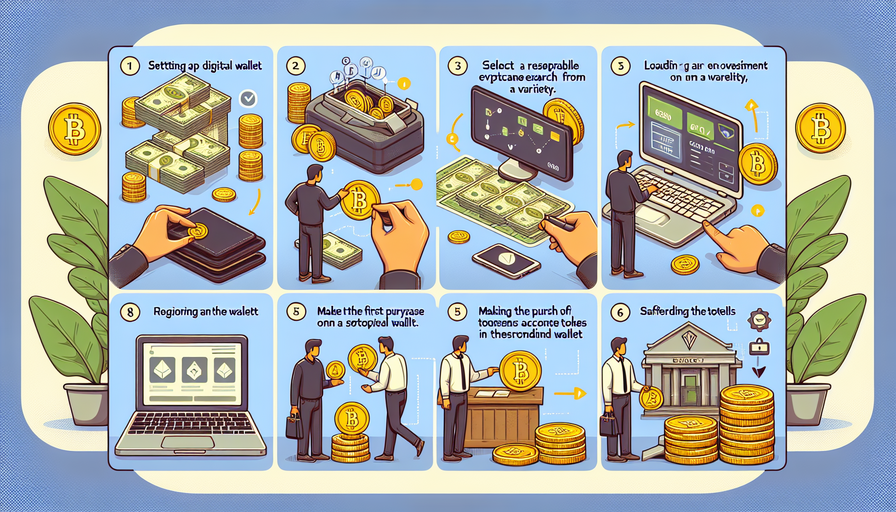Starting an Airbnb business can be a lucrative venture for those looking to make extra income from their property. With the rise of the sharing economy, more and more travelers are turning to Airbnb as an alternative to traditional hotels. If you’re considering starting your own Airbnb business, here is a comprehensive guide to help you get started.
1. Research Local Laws and Regulations
Before diving into the world of Airbnb hosting, it’s crucial to research and understand the local laws and regulations that govern short-term rentals in your area. Some cities have strict regulations on Airbnb properties, including permits, taxes, and zoning restrictions. Make sure you comply with all legal requirements before listing your property on Airbnb.
2. Set Up Your Space
Prepare your space for guests by decluttering, deep cleaning, and adding personal touches to make it feel welcoming. Invest in quality furniture, linens, and amenities to provide a comfortable stay for your guests. Consider hiring a professional photographer to capture high-quality images of your space for your Airbnb listing.
3. Create a Compelling Listing
Craft a detailed and engaging listing that highlights the unique features of your property. Include clear photos, pricing information, house rules, and any additional services or amenities you offer (such as free Wi-Fi or breakfast). Be honest about what guests can expect during their stay to avoid negative reviews.
4. Set Competitive Pricing
Research similar listings in your area to determine competitive pricing for your property. Take into account factors such as location, size, amenities, and seasonality when setting your nightly rate. You can adjust your pricing based on demand trends and special events happening in your area.
5. Provide Excellent Customer Service
To stand out as an exceptional host on Airbnb, prioritize providing excellent customer service to your guests. Respond promptly to inquiries and booking requests, greet guests warmly upon arrival, and address any issues or concerns promptly during their stay. Positive reviews from satisfied guests can boost your reputation as a host.
6. Utilize Co-Hosts or Property Managers
If managing an Airbnb property seems overwhelming or time-consuming for you, consider hiring a co-host or property manager to assist with guest communication, check-ins/check-outs, cleaning services, and maintenance tasks. This can help streamline operations and ensure a seamless experience for both you and your guests.
7. Market Your Listing Effectively
Promote your Airbnb listing through various channels such as social media platforms, local tourism websites, and word-of-mouth referrals from satisfied guests. Encourage previous guests to leave positive reviews and ratings on your profile to increase visibility among potential new guests.
8. Continuously Improve Your Hosting Skills
Stay informed about industry trends, guest preferences, and best practices for hosting on Airbnb by participating in host communities or attending hosting workshops/seminars. Collect feedback from guests to identify areas for improvement in order to enhance the overall guest experience at your property.
In conclusion, starting an Airbnb business requires careful planning, attention to detail, excellent customer service,and continuous learning to succeed in this competitive market


